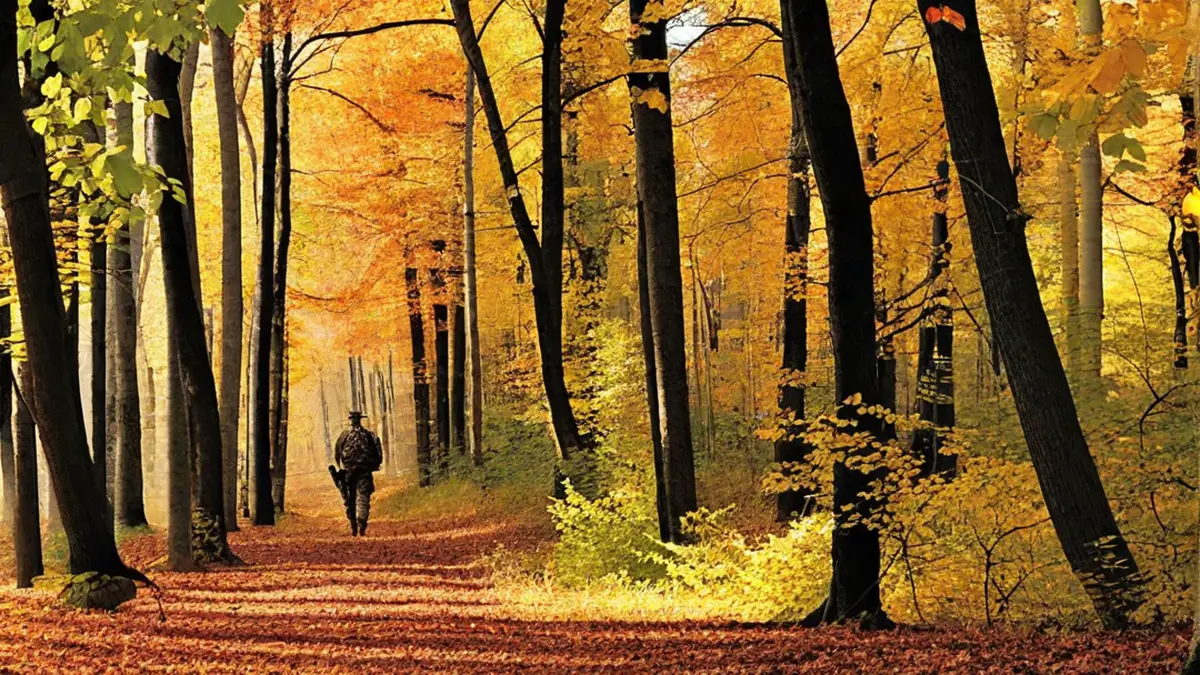When it comes to buying a bow for hunting, there are a few things that I always keep in mind. As an avid hunter, I understand the importance of finding the perfect bow that suits my needs and preferences. In this article, I will share my insights and personal experiences on how to buy a bow for hunting.
Understanding Your Hunting Style
Before diving into the details of buying a bow, it’s crucial to first understand your hunting style. Are you a tree stand hunter, or do you prefer spot and stalk? Knowing how and where you hunt will help you choose the right type of bow.
For tree stand hunting, a compact and lightweight bow would be ideal. It should have a shorter length and a lower draw weight for maneuverability in tight spaces. On the other hand, if you’re into spot and stalk hunting, a longer and more powerful bow would be better suited for shooting at longer distances.
Determining Your Draw Length and Weight
One of the most important factors when buying a bow is determining your draw length and weight. Your draw length is the distance from the nocking point on the bowstring to the throat of the grip plus 1.75 inches. Your draw weight is the amount of force required to pull the bowstring back to its full draw length.
To accurately determine your draw length, it’s best to visit a professional archery shop. They will measure your arm span and take other factors into account to determine the perfect draw length for you. As for draw weight, it’s crucial to choose a weight that you can comfortably handle and shoot accurately.
Choosing the Right Bow Type
Now that you know your hunting style and draw specifications, it’s time to choose the right bow type. There are three main types of bows to consider: recurve bows, compound bows, and traditional bows.
Recurve bows are a classic choice and are known for their simplicity and elegance. They are lightweight, easy to maneuver, and great for beginners. Compound bows, on the other hand, use a system of pulleys and cables to make drawing and holding the bow easier. They offer more power and accuracy but can be more complex to maintain.
Traditional bows, such as longbows and horsebows, have a rich history and are favored by those who enjoy a more traditional hunting experience. They require more skill and practice to master but can be incredibly rewarding.
Trying Before Buying
When it comes to buying a bow, it’s crucial to try it out before making a decision. Visit an archery shop that allows you to test different bows and get a feel for how they handle. Pay attention to the overall comfort, balance, and noise level of the bow. It’s also a great opportunity to shoot a few arrows and assess the accuracy and speed of each bow.
Consider Your Budget
Lastly, it’s important to consider your budget when buying a bow for hunting. Bows can range in price from a couple of hundred dollars to several thousand dollars. While it’s tempting to go for the most expensive option, it’s essential to find a balance between quality and affordability. Set a budget that you’re comfortable with and do thorough research to find the best bow within that price range.
Conclusion
Buying a bow for hunting is an exciting process that requires careful consideration. Understand your hunting style, determine your draw specifications, choose the right bow type, try before buying, and consider your budget. By following these steps and trusting your instincts, you’ll be well on your way to finding the perfect bow that will enhance your hunting experience. Happy hunting!
